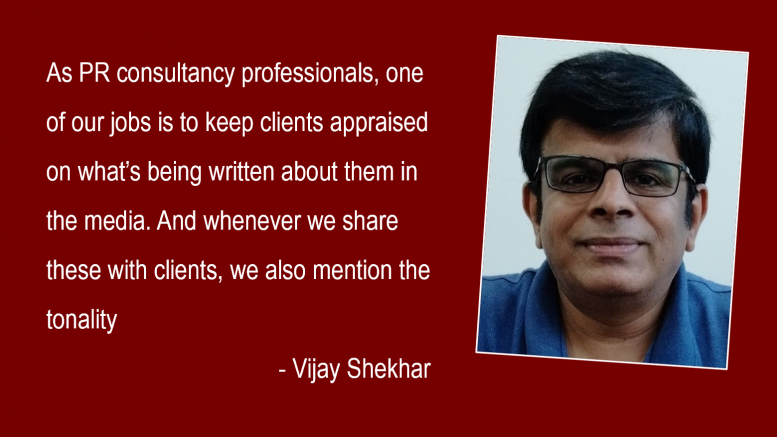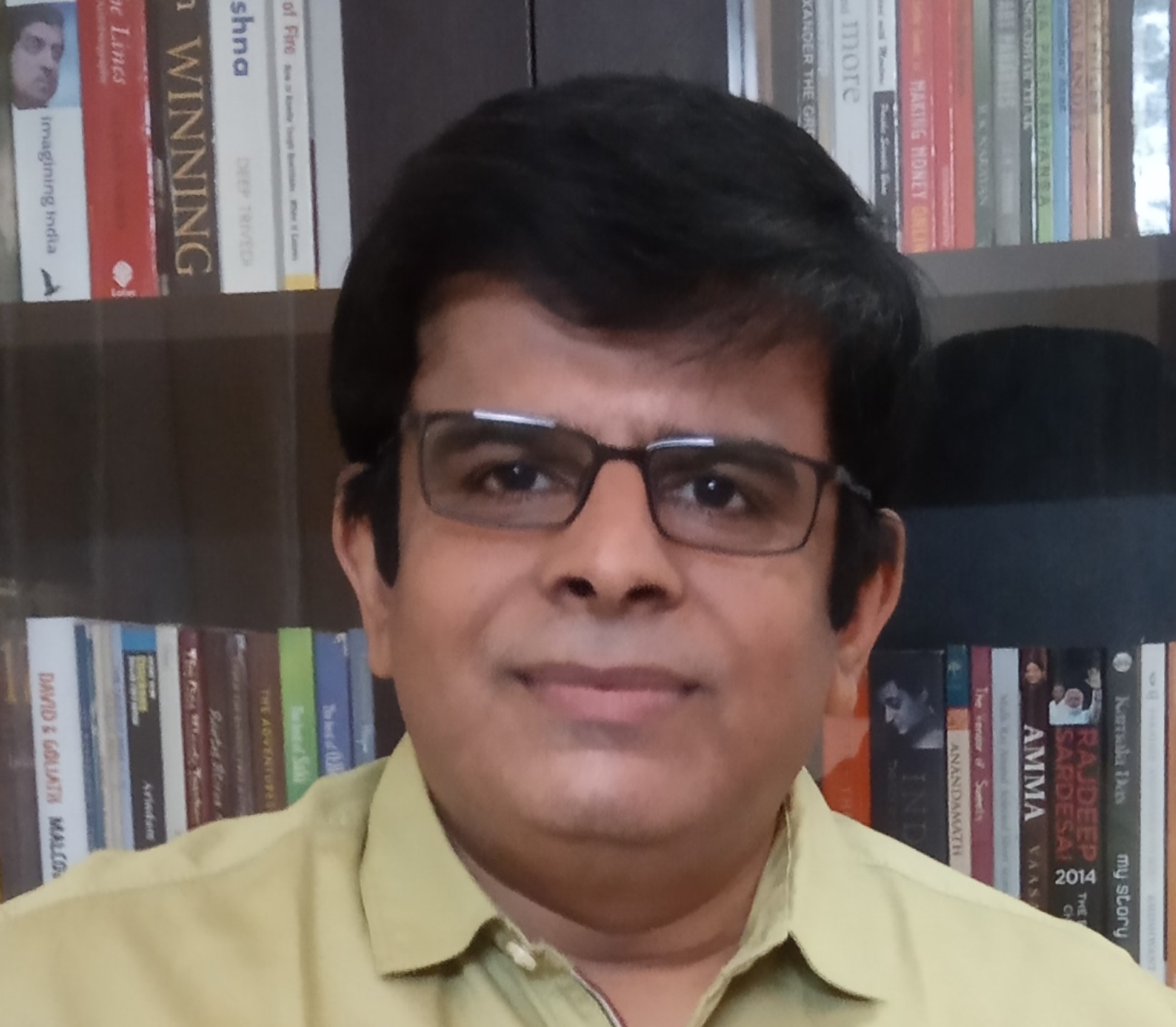I have this hobby of collecting news clippings (coverages in newspapers and magazines) of important happenings in India, and few across the world too…events that can be truly classified as ‘Breaking News’ or ‘Front Page News’.
Beginnings of a Hobby
A little more than 32 summers ago, on May 22, 1991, I was jogging on the Kadma – Sonari Link Road in Jamshedpur. It was around 5:00 – 5:30 A.M. types, and I could clearly sense that something was amiss. People were quieter than usual and their faces bore bewildered looks. Suddenly I heard a Bengali gentleman (a regular morning walker) shout out to someone, “Aarey soona ki nahiin…Rajib Gandhi ko Meddras mein ooda diya.” (Did you hear or not…Rajiv Gandhi has been assassinated in Madras)
I became curious to know more about the incident. At home, we subscribed to ‘The Statesman’, which used to come from Calcutta and got delivered only by noon. I couldn’t wait until then…in fact I couldn’t even wait for 15 – 20 minutes (such was my eagerness) to reach home and see everything on TV. So I purchased the first newspaper I could get my hands on…the Jamshedpur edition of ‘Awaaz’ from a newspaper vendor passing by on his bicycle. Then as the day unfolded and the happenings at Sriperumbudur started coming out gradually, I was sure that this assassination would be etched in the minds of people for years to come. That’s when I decided to preserve the coverage in ‘Awaaz’ and ‘The Statesman’. Little did I know then that this small act would be the beginning of a life-long hobby.
Since then I have collected more than 350 news clippings. I also keep full newspapers and magazines pertaining to certain extremely important events. My most prized possession is the full newspaper of The Statesman dated August 15, 1947, the day our country got independence.
My collection includes clippings pertaining to Lord Ganesha idols drinking milk on a particular day in 1995; Dr. A. P. J. Abdul Kalam becoming President; 26 / 11 attacks on Bombay; Bhuj earthquake; 9 / 11 terrorist strike; Parliament attack; Columbia Space Shuttle crash which claimed Kalpana Chawla; Sachin Tendulkar’s double ton; Osama bin Laden’s killing; Indian rupee getting a symbol; Sachin Tendulkar’s retirement from cricket; the missing Malayasia Airlines planes; passing away of renowned personalities across various fields; December 2004 tsunami; A. R. Rahman’s Oscar win; Neeraj Chopra’s Olympic Gold; COVID-19 and its induced lockdown; Chandrayaan-3 making a perfect touchdown on the moon to name a few.
Few other newspapers, magazines, news, features that I have collected over the years are newspapers dated January 1, 2000 and January 1, 2001, days which marked the start of the new millennium (am still confused about whether the new millennium started in 2000 or 2001); around 25 news clippings pertaining to India’s historic win in the 2011 Cricket World Cup from newspapers and magazines from across the country; National Geographic issues pertaining to Neil Armstrong landing on moon, the finding of Titanic’s remains, and the issues of 1985 and 2002 with the cover pictures of the same Afghan girl, Sharbat Gula…both clicked by American photojournalist Steve McCurry.
Quite a ‘Sad’ Dossier
As PR consultancy professionals, one of our jobs is to keep clients appraised on what’s being written about them in the media. And whenever we share these with clients, we also mention the tonality…whether the news is ‘Positive’, ‘Neutral’ or ‘Negative’ from the company’s or the industry’s perspective. We do this even in the coverage dossiers that we send across.
Likewise, I have quite a coverage dossier (only print media) of important events that have happened in India over the past 32 years. And if I were to put a tonality to it in terms of ‘Happy’ (Positive) and ‘Sad’ (Negative) coverages, I find that around 75 – 80 percent of the ‘Breaking News’ that are part of my collection falls in the ‘Sad’ category…only 20 – 25 percent can be categorised as ‘Happy’.
The key question here is – Why most of the ‘Breaking News’ are sad news?
Let’s take a hypothetical example of two antiseptic product brands. One of them has been a market leader over the decades, while the other has always remained in the second spot. The functionality and benefits of both are the same. When applied on a wound, the market leader brand stings (and it pains badly), while the second spot brand does not. And when the leader brand causes pain, people tend to believe that it is actually killing germs, which the second spot brand also does but without causing pain.
Guess even we as news consumers have started to believe that it’s ‘Breaking News’ only if it’s sad and painful.
Evolving Media
Indian media has evolved over the years, and is today working on a 24×7 cycle. Also the lines between print, electronic and online media have blurred and there has never been so much information and opinion out in the public domain as there is today in our country. The very nature of journalism and reporting has changed. There is more news gathering, opinion and viewpoint pieces from opposite ideologies, analysis, data and visuals, where speediness is the key. Even the way in which media is consumed has changed. Today everyone, irrespective of their location, can get news at the same time on their devices. And if they are not satisfied, they can check out on another source right away to cross examine the information and / or to understand a different point of view.
Last Word
One of the greatest achievements of independent India is our free and vibrant press. And it’s got the power to ‘Break’ positive and inspirational stories of courage, hope, bravery, compassion, innovation and discoveries. This for sure will make India’s ‘Media Coverage Dossier’ a lot more happier one.
The views and opinions published here belong to the author and do not necessarily reflect the views and opinions of the publisher.



Be the first to comment on "Decoding India’s ‘Media Coverage Dossier’"